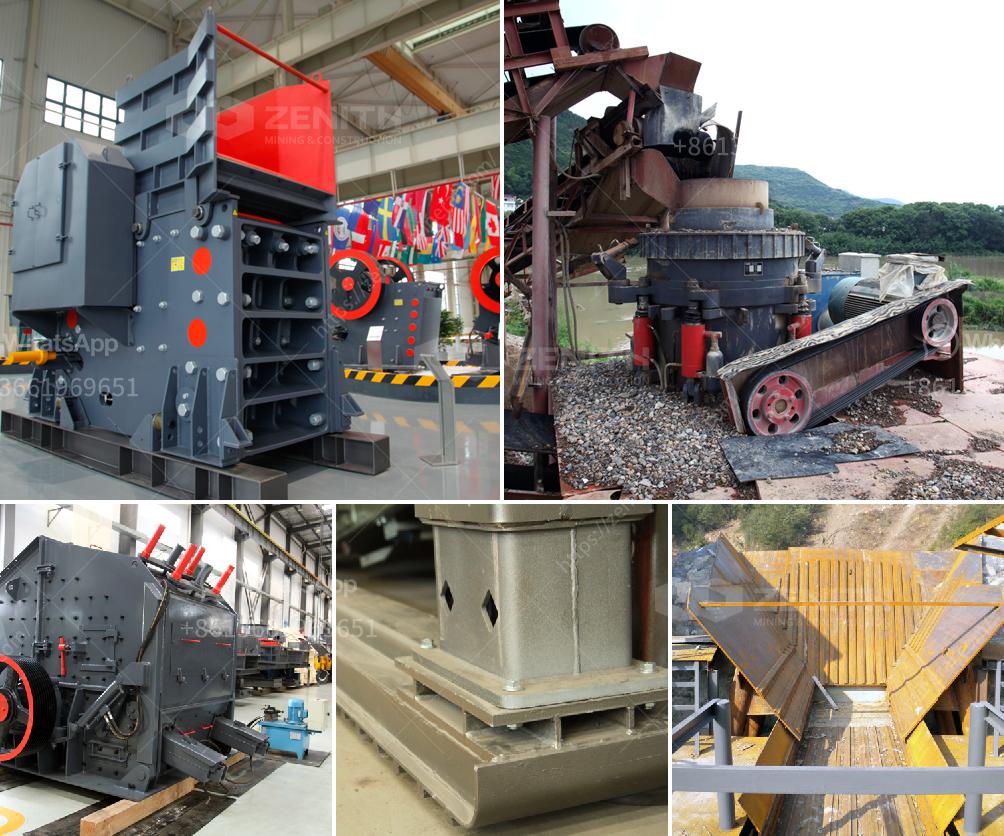Building a small jaw crusher can be an intricate process. Here's a basic guide to help you get started:
Materials Needed:
- Steel plates (for the frame and jaw)
- Hinges (for the moving jaw)
- Bolts and nuts (various sizes)
- Electric motor (appropriate size for your crusher)
- Pulleys and belts
- Shaft (for the movable jaw)
- Springs (for tension)
- Welding equipment
- Cutting tools
Basic Steps:
-
Design Your Crusher:
- Draw a detailed plan of the structure, considering the dimensions you need.
- Determine the location of the fixed jaw and the moving jaw.
-
Create the Frame:
- Cut steel plates and weld them together to form the base and sides of the crusher.
- Ensure the joints are strong and angular supports are properly aligned.
-
Install the Fixed Jaw:
- Attach one steel plate vertically to serve as the fixed jaw.
- Ensure it's securely welded to the frame.
-
Construct the Moving Jaw:
- Cut a matching steel plate for the moving jaw.
- Attach it to the frame with robust hinges or a pivot point.
-
Attach the Shaft:
- Insert a horizontal shaft through the moving jaw.
- The shaft will be connected to the motor via pulleys and belts.
-
Add Springs:
- Install tension springs to bring the moving jaw back to its original position after it crushes material.
- These springs can be placed at the top or bottom of the moving jaw.
-
Mount the Motor:
- Securely mount an electric motor to the frame.
- Connect the motor to the shaft using pulleys and a belt.
-
Fine-Tuning:
- Check alignment and ensure the pulley and belts are properly tensioned.
- Adjust the angle and tension of the moving jaw to ensure efficient crushing.
-
Test Run:
- Run the assembled jaw crusher without any load to check for any mechanical issues.
- Once satisfied with the operation, test it with small quantities of material to ensure it crushes them to the desired size.
Safety Considerations:
- Always wear protective gear while working with tools and heavy materials.
- Ensure the crusher is stable and well-supported to avoid accidents.
- Disconnect power before making any adjustments to the crusher.
NOTE:
While this guide provides a general overview, building a jaw crusher involves significant mechanical knowledge and fabrication skills. Consult with professionals if needed, and consider purchasing a commercially available small jaw crusher if you're not confident in building one yourself.

